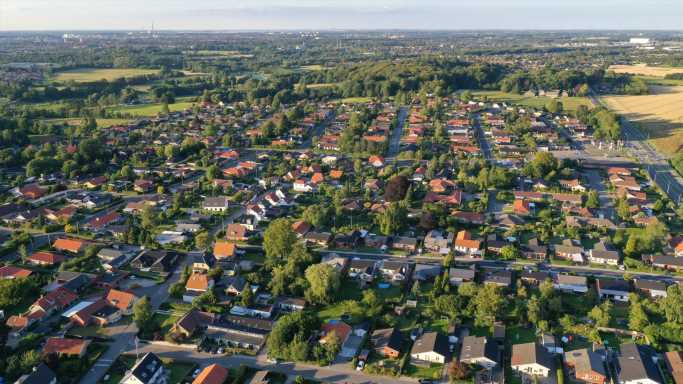The history of the U.S. housing market has been marked by periods of rampant building and of lulls, even as the population has expanded relatively steadily. Even with this recent increase, new home construction would have to rise considerably to reach the rate at which they were being built in the early 2000s — the period immediately preceding the subprime mortgage crisis.
The American housing market has not only been through substantial fluctuations in the number of housing units being built, but also in the size of the homes built. Changing family size, rising incomes, and suburban expansion have all led to changes in the size of the typical single-family home.
To determine how the size of homes has changed over the past century, 24/7 Wall St. determined the average size of a newly constructed single-family house between 1920 and 2017 by reviewing official U.S. Census figures and providing our own estimates for years the Census did not release this data.
Click here to see the size of a home the year you were born
Click here to see our detailed methodology
Sponsored: Tips for Investing
A financial advisor can help you understand the advantages and disadvantages of investment properties. Finding a qualified financial advisor doesn’t have to be hard. SmartAsset’s free tool matches you with up to three financial advisors who serve your area, and you can interview your advisor matches at no cost to decide which one is right for you. If you’re ready to find an advisor who can help you achieve your financial goals, get started now.
Investing in real estate can diversify your portfolio. But expanding your horizons may add additional costs. If you’re an investor looking to minimize expenses, consider checking out online brokerages. They often offer low investment fees, helping you maximize your profit.
Source: Read Full Article

